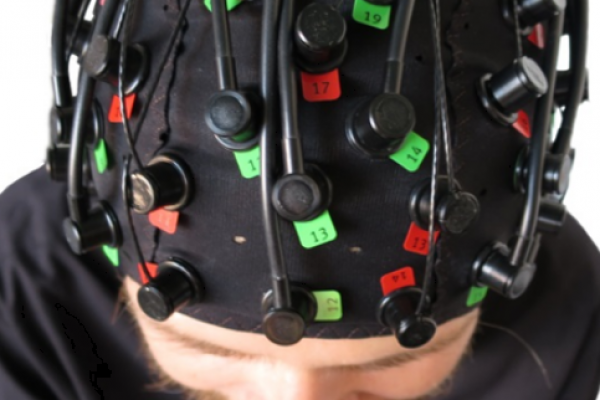Researchers at the University of Tehran (UT) studied blood flow variation in various brain sections by constructing fNIRS
There are multiple methods to study complications of brain functions. Functional near-infrared spectroscopy (fNIRS) is one of the method that has a new application in this field that is based on variations in intracranial blood flow.
There are multiple methods to study complications of brain functions. Functional near-infrared spectroscopy (fNIRS) is one of the method that has a new application in this field that is based on variations in intracranial blood flow.
As the increase of neural activity in the involved parts of the brain, the metabolism and required oxygen increase and more blood flow to that part. The active region can be identified by deriving the variation of blood flow. Researchers at the UT with the support of the Cognitive Sciences and Technologies Council of the Science and Technology Vice-Presidency, designed and constructed the monitoring system for the oxygen level in the brain tissue. It is possible to study changes in blood flow in various areas of the brain using this device.





Related Posts